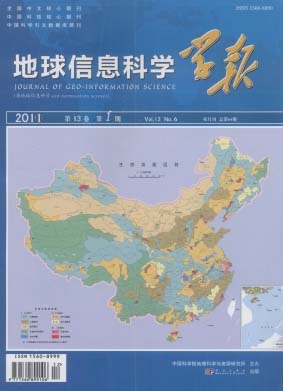ARTICLES
ZENG Hongwei, LI Lijuan, LIU Yumei, LI Bin, ZHANG Yongxuan
To extract digital rivers, catchments and sub-catchments from DEM is a fundamental problem in hydrologic analysis, simulation and non-point source (NPS) pollution management. The method and the accuracy of extraction from different DEMs were introduced. This paper mainly includes three parts. Firstly, the fundamental characteristics of HYDRO1K, SRTM3-2 and ASTER GDEM were analyzed, and the differences of spatial resolution levels, trends, coverage area and errors of the three data sources were compared. Secondly, the key steps of extracting digital drainage networks and catchments and sub-catchments boundary from DEM by using Arc Hydro Tools were discussed, which includes DEM Reconditioning, Build Walls, Adjust Flow Direction in Lakes and Flow Direction with Streams. Thirdly, Taoerhe drainage was choosed to be the study area, and the classified accuracy of drainage network extraction, catchment and sub-catchments delineation from multisource DEMs at different landscapes’ types with or without the river vector data has been studied. Results showed that: (1)Without aid of river vector data, digital drainage networks of medium mountains and low mountains-hills, which extracted by three types of DEM mentioned above, were consistent with the real river networks. Furthermore, the main channels extracted by HYDRO1K were similar with the real main channels, while there were great deviation between the real main channels and the main channels extracted by SRTMS-2 and ASTER GDEM, especially by ASTER GDEM. There were a little difference between the real drainage boundary and the boundary extracted by HYDRO1K, SRTM3-2 and GDEM. Therefore, it could be a good choice of extracting hydrographic patterns from HYDRO1K without aid of river vector data. (2)By aid of real river networks, digital drainage networks of medium mountains and low mountains-hills, extracted by three types of DEM, were consistent with the real river network, the same to the main channels, especially digital drainage networks extracting from SRTM3-2 and ASTER GDEM have got great improvement. The drainage boundary extracted by HYDRO1K, SRTM3-2 and GDEM conformed to real drainage boundary, especially HYDRO1K has got a good result.
